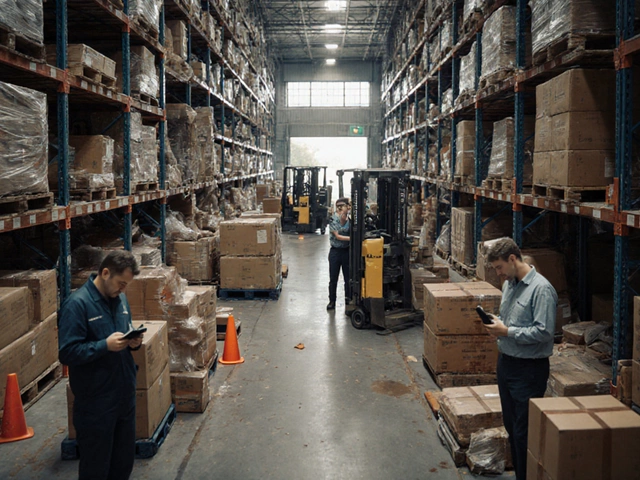eCommerce Business Guide – From Click to Doorstep
Running an eCommerce business means you have to think about more than just the website. Every order travels through a series of steps – from the moment a shopper hits “Buy” to the package landing on their doorstep. If any of those steps break down, you lose a sale, a review, or even a loyal customer.
In this guide we’ll strip away the jargon and focus on the practical bits you need to keep your store humming. You’ll learn what logistics headaches look like, which tools can cut down delivery time, and how to turn shipping into a competitive edge.
Key Logistics Challenges
One of the biggest pain points for eCommerce sellers is the “last mile.” That’s the final stretch where a parcel moves from a local hub to a customer’s front door. It’s also the most expensive and unpredictable part of the journey. Issues like missed cut‑off times, address errors, or traffic snarls can add days to delivery.
Another challenge is inventory visibility. If your stock levels are out of sync across warehouses, you’ll end up promising items you can’t ship. That leads to cancellations, refunds, and angry buyers.
International orders bring extra layers of complexity – customs paperwork, varied duties, and different carrier rules. Skipping the fine print can cause packages to sit at the border for weeks.
Tools & Strategies for Faster Delivery
Start with a solid Warehouse Management System (WMS). A good WMS tracks every SKU, alerts you when stock runs low, and helps you allocate orders to the closest fulfillment center. This cuts pick‑and‑pack time and reduces the distance a parcel has to travel.
Next, choose the right Transportation Management System (TMS). A TMS compares carrier rates in real time, recommends the cheapest or fastest option, and automatically books shipments. It also warns you about carrier cut‑off times, so you never miss an overnight deadline.
Don’t overlook the power of integration. Connect your eCommerce platform (Shopify, WooCommerce, Magento, etc.) directly to your WMS and TMS. When an order lands, the data flows without manual entry, eliminating errors and speeding up fulfillment.
Consider multi‑carrier strategies. For low‑value, fast‑moving items, a courier like UPS or DHL may be best. For bulky or high‑value goods, freight services that handle pallets can save money and reduce damage. Knowing which carrier fits each product type improves both cost and reliability.
Finally, give customers clear delivery expectations. Show real‑time tracking, provide accurate estimated delivery dates, and be transparent about any delays. When shoppers know what to expect, they’re less likely to complain.
By focusing on these practical steps – solid inventory control, smart carrier selection, and clear communication – you turn logistics from a headache into a growth driver. Your eCommerce business will ship faster, cost less, and keep customers coming back.
April 21, 2025
Evelyn Wescott
0 Comments
Thinking of starting an eCommerce business but your bank account’s looking bleak? No problem—there are real workarounds that don’t require you to shell out tons of cash up front. This article breaks down exactly how you can launch an online store from scratch, even if you’re starting with nothing. From free platforms to clever logistics tricks, we’ll dig into the details most guides skip. Prepare for honest talk about the challenges and super practical solutions that work in 2025.




